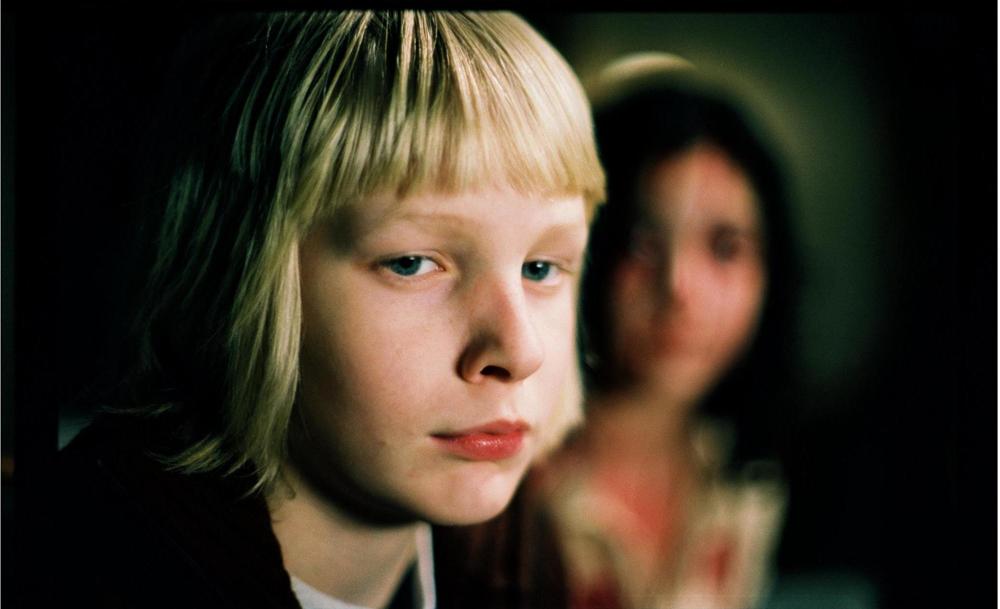Cinema holds up a mirror to the audience, and there's no time in life when you have more of a need to scrutinise your reflection in the mirror than when you are a teenager!
"Rather than the pimplyfaced, insecure kids they know from the mirror at home, they want to see fast-talking, ripped gangstas behind the wheels of pimped-up muscle cars with dolled-up chiquitas on the hood."
On this point, however, teen films run into a paradox. When young adults, especially boys, get to decide for themselves what film to see, they prefer films where the protagonists resemble themselves as little as possible. Rather than the pimply-faced, insecure kids they know from the mirror at home, they want to see fast-talking, ripped gangstas behind the wheels of pimped-up muscle cars with dolled-up chiquitas on the hood. Getting through to the girls is a bit easier, since girls are generally more attuned to discussing emotions and problems. But in their case, as well, films about the daily lives of realistic teens are no competition for the "Twilight" saga.
Although excellent teen films are made every year, especially in Europe, Asia and North America, it's hard to compete with the massive dominance of American teen films, not only because of their enormous marketing budgets, but also because their shameless excess of tried-and-true clichés make them such well-oiled entertainment. No wonder, they are popular. All over the world, young people feel "at home" in the American film universe. "Twilight" and "American Pie" are global hits for good reasons. The steady stream of predictable American high-school comedies about intrigue, nerds and "the first time" feels more like a deluge. For a while, Japanese teen horror flicks had the makings of a promising new trend, but the streamlined security of their American remakes quickly won out over their original quirkiness.
Scanning for offbeat titles, good films certainly are coming out of Hollywood and environs. "Superbad" is super good, and if films like the earnest "Juno", the imaginative "Scott Pilgrim" and the wonderfully wacky "Napoleon Dynamite" have a problem, it's that, like "Donnie Darko", they are mainly hailed by an audience that's much older than the films' protagonists. Then, you are back to square one in a way, to a world where teens' favourite films aren't "Juno" or "Donnie Darko" but "SAW" in 3D.
What's absent from almost all American teen films is a sense of real life, something for kids to mirror themselves in that's more complex and real than the proverbial ensemble comedies with their cookiecutter nerds, bimbos, jocks and fat kids. It's hard to compete with "American Pie", but if alternatives like the British "Boy A", the Swedish "Let the Right One In" or, for that matter, Denmark's own "Rebounce", aren’t made, it means we are letting kids down.
Supporting teen films and finding ways to distribute them so kids get a chance to see them is a cultural-policy task. Serious teen films often have a tough time in the open cinema market.
It's important to follow up ambitious teen films with plans for getting the films to their often rather resistant target group. Perhaps teens would rather watch films where the hero looks dumb with a glob of come in his eye, while the heroine runs away screaming from a homicidal maniac twirling a chainsaw and a piranha. But at unguarded moments there in the dark, they also need to see something they recognise on a deeper level.
As grownups, it really is our responsibility to make sure that teens do more than just satisfy their already well-developed need for entertainment. We should make sure that they get a chance to hold up a mirror that shows them true pictures, too. Real things. Something that looks like them. Plus, of course, glimpses into lives that are way different from their own but could have been their own. They need to encounter characters that are more complex than the comedy or action stereotypes making up most of the visual fare in today's entertainment ghetto.
